Using Assisted Reproductive Techniques to help a stroke patient with endometriosis conceive a healthy baby

A 37-year-old homemaker and her 40-year-old businessman husband came to the Nova IVF Fertility Bangalore centre for getting treated for infertility. The patient had recovered from a stroke 6 months back, and it presented a unique case for the Nova team.
The wife had a medical history of endometriosis, but her AMH levels were normal. Husband’s reports for semen analysis and viral markers test came normal, and it presented no male fertility issues.
What is endometriosis?
Endometriosis is a painful condition in which the endometrium, a tissue which lines the inside of the uterus, grows on the outside. This condition often includes the fallopian tubes, ovaries, and the tissues lining the pelvis. In some rare cases, endometriosis can also spread to other organs beyond the pelvic organs. The displaced endometrial tissues continue to perform their regular functions of thickening, breaking down, and bleeding during every menstrual cycle. The displaced tissue is unable to leave the body, and it gets trapped. This can result in the formation of cysts which are known as endometriomas if the ovaries are involved.
Endometriosis could be asymptomatic many times. And in many cases it could result in heavy and painful cycles, painful bowel movements, painful intercourse and infertility.
Impact of endometriosis on fertilit
The inflammation and irritation of endometriosis have an adverse impact on fertility. The fimbria that picks up egg and transports to the fallopian tube are inflamed, and this causes swelling and scarring. Hence, the egg may not be able to reach its destination. The inflammation also damages the sperm and eggs exposed to the inhospitable environment. In advanced endometriosis, the pelvic organs may become stuck to each other due to adhesions and may have decreased functioning. Endometriosis may also lead to fallopian tube blockage.
What is a stroke?
Stroke is a disease affecting blood vessels that are leading to and within the brain. It is one of the most significant causes of disability and it may lead to death. It occurs when a clot or rupture block oxygen and nutrients being carried to the brain.
Impact of pregnancy on a stroke
Pregnancy leads to a change in the hormone estrogen, and hence, the blood has an increased tendency to clot, thereby protecting post-delivery women from bleeding to death. Therefore, for patients having a stroke risk, there is a significantly higher stroke risk during pregnancy and post-delivery, and such cases need careful clinical condition management.
What is AMH, and what does it signify?
Anti-Mullerian Hormone (AMH) is a hormone secreted by cells in developing follicles. The level of AMH in a woman’s blood is generally a good indicator of her ovarian reserve.
The treatment administered at Nova IVF fertility
Considering the patient’s history, there was a need to administer a blood-thinning / anticoagulating agent (Heparin) for stroke prevention. She was advised LMWH (low-molecular-weight heparin) therapy throughout her treatment and pregnancy after consultation with her neuro physician.
LMWH has a more predictable anticoagulant effect, requires no monitoring and has a lower incidence of heparin-induced thrombocytopenia leading to fewer bleeding complications.
As the patient’s AMH was good, indicating a good ovarian reserve, and her husband had no sperm issues, they were advised IVF with mild stimulation of hormones for ovum pick up.
FSH, or follicular stimulating hormone, causes the development of follicles in the ovary. As the egg develops inside the follicle, the follicle produces the hormone estrogen, which also causes growth and repair of the endometrial lining. It increases the endometrial lining, and as the patient had endometriosis, a mild ovarian simulation was carried out.
Once IVF was started, the eggs were harvested and fertilised using the husband’s sperms in the laboratory. Of the embryos produced, one embryo was transferred and rest got frozen for any successive cycles.
Should one (or more) embryos be transferred in first IVF?
The best advice is to have one embryo transferred and any subsequent embryos frozen for future transfer.
Transferring one embryo per cycle is the safest option because transferring two increases chances of multiple pregnancy and associated complications including pre-eclampsia, gestational diabetes and premature birth. Also, one does have a fall-back mechanism, as the remaining embryos could be frozen for use in a subsequent transplant.
The outcome of fertility treatment
A few weeks later, much to the joy of the couple, the bHCG test was positive.
 Infertility Counselling
Infertility Counselling Female Infertility Treatment
Female Infertility Treatment Andrology Treatment
Andrology Treatment Fertility Enhancing Surgeries - Female
Fertility Enhancing Surgeries - Female Fertility Enhancing Surgeries - Male
Fertility Enhancing Surgeries - Male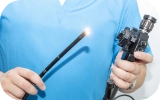 Endoscopy Treatment
Endoscopy Treatment IUI Treatment
IUI Treatment IVF Treatment
IVF Treatment ICSI Treatment
ICSI Treatment Advanced IVF Solutions
Advanced IVF Solutions Embryology
Embryology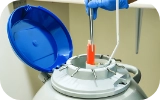 Vitrification Egg, Embryo, Sperm Freezing
Vitrification Egg, Embryo, Sperm Freezing Preimplantation Genetic Testing (PGT)
Preimplantation Genetic Testing (PGT) Donation Program Embryo / Egg / Sperm
Donation Program Embryo / Egg / Sperm




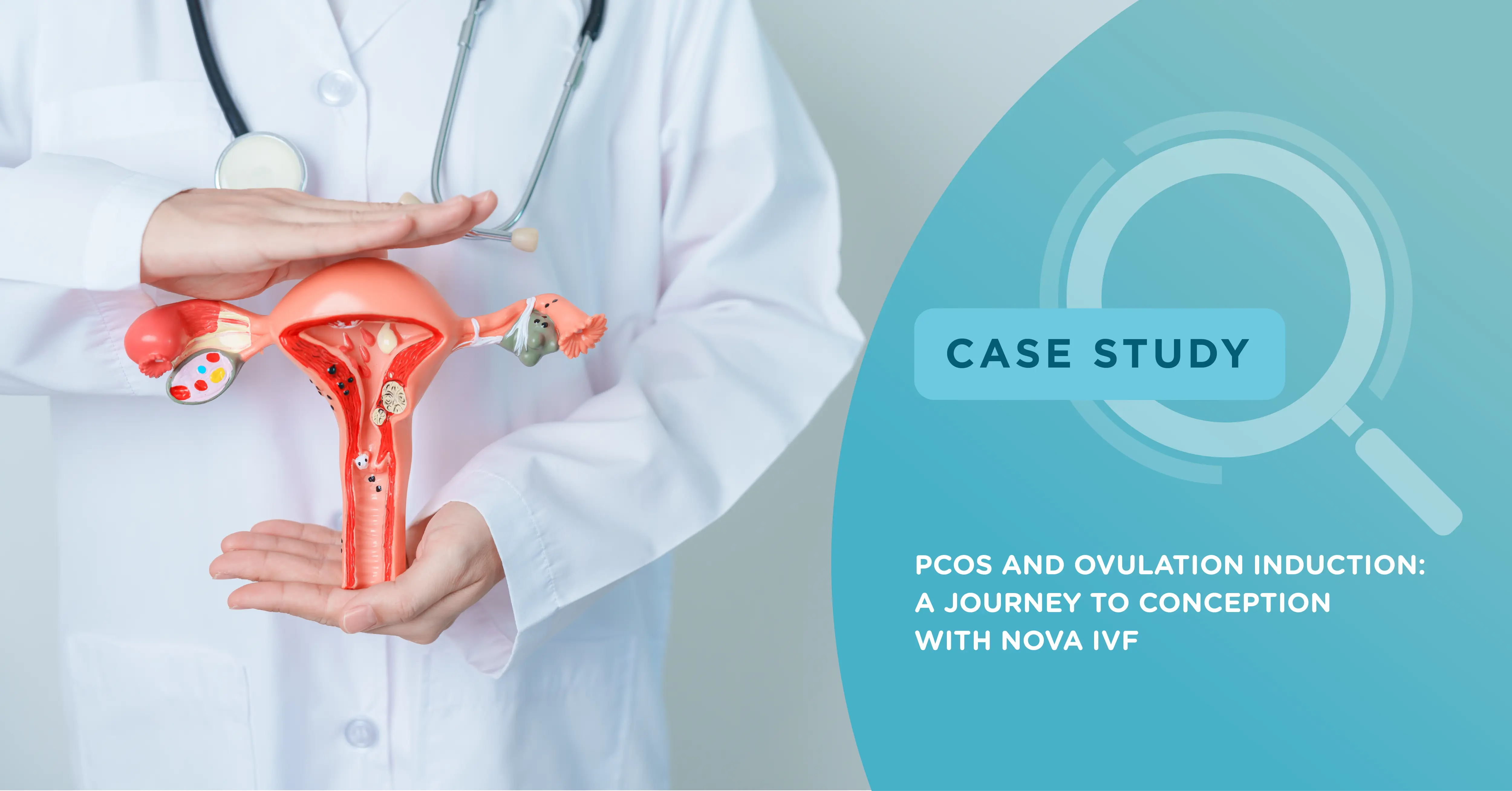

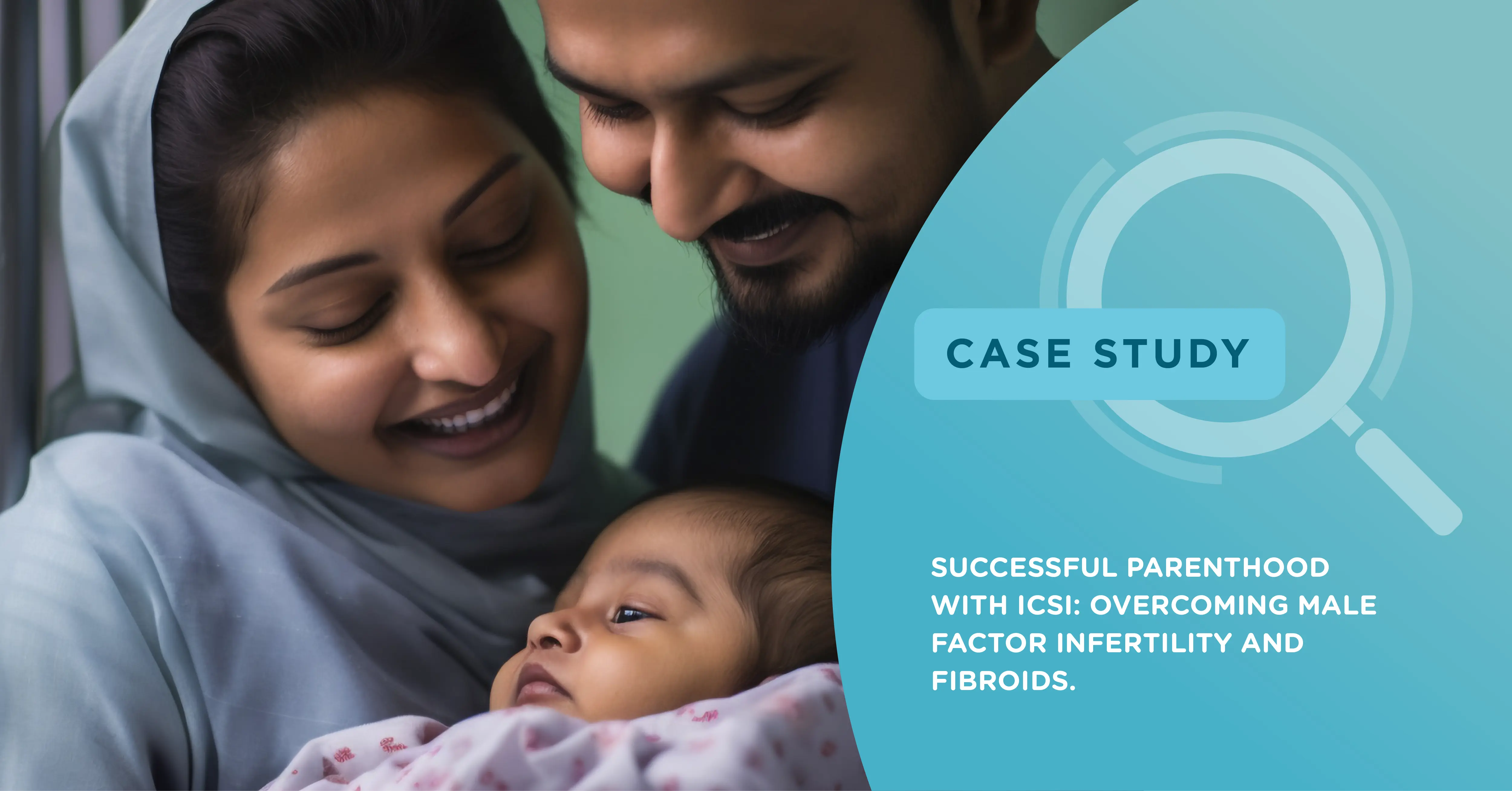
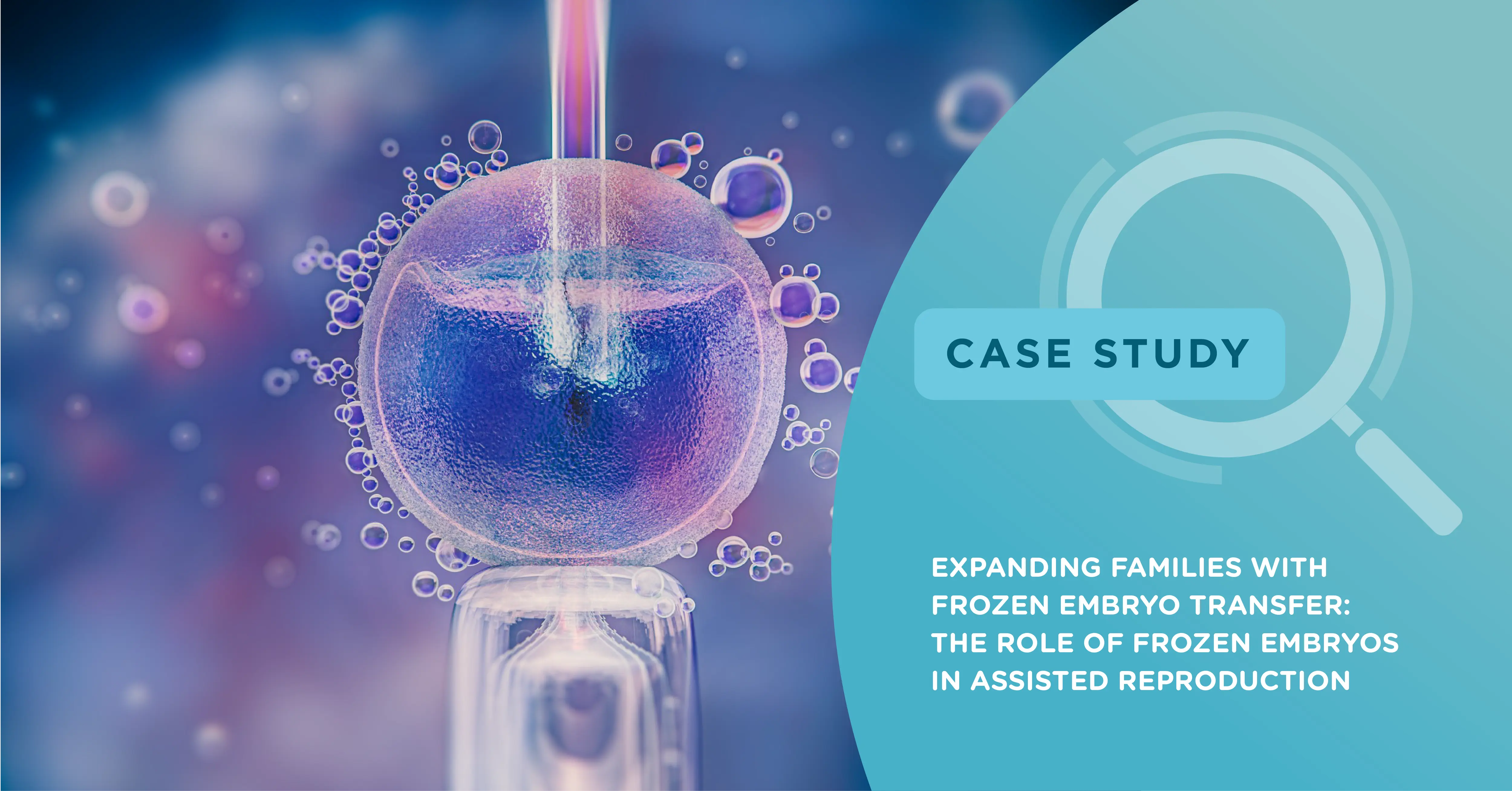

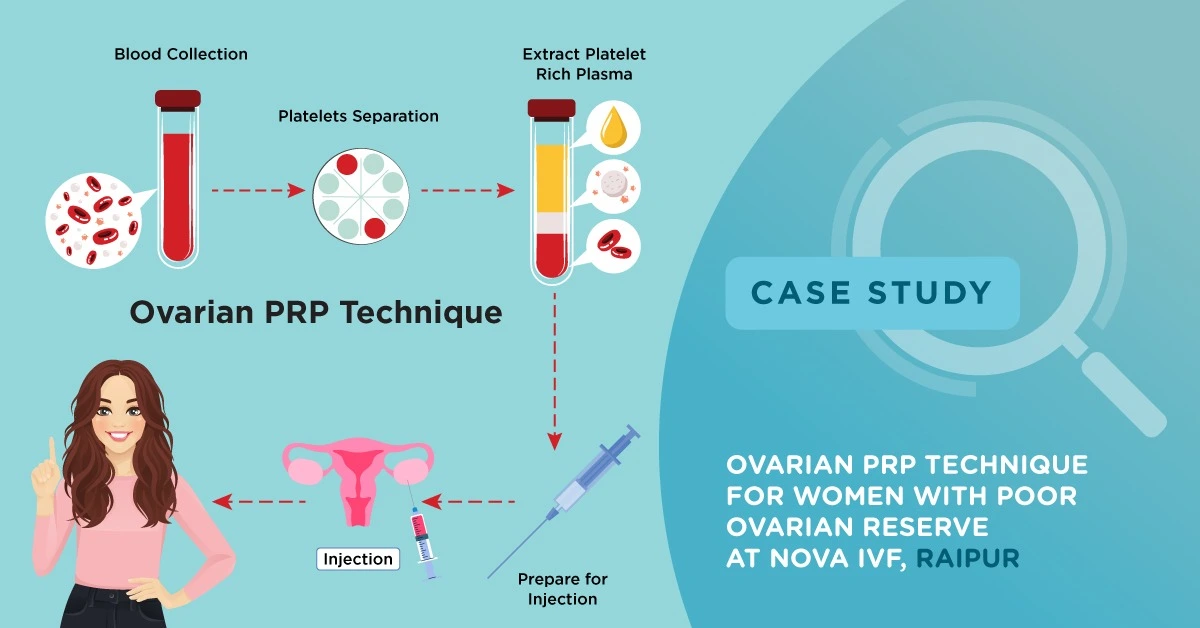
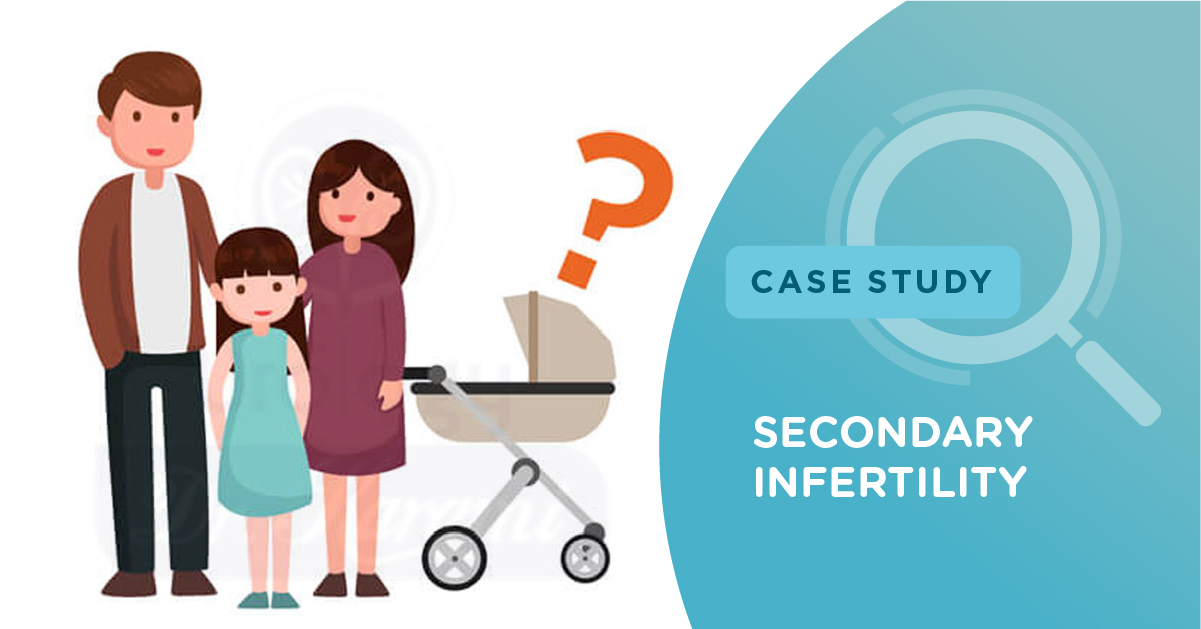
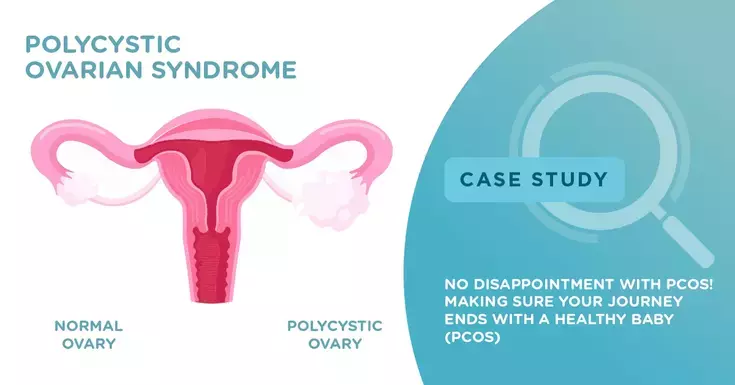






Add new comment